Are you a homeowner looking to increase the energy efficiency of your home? You may be eligible for a grant that helps you finance external wall insulation.
External wall insulation (EWI) is a type of insulation added to a building’s exterior. It consists of insulation boards fixed to the walls and covered with a protective layer, such as render or cladding.
Homes constructed before the 1920s usually have solid walls, which let more heat escape than cavity walls. EWI helps reduce heat loss, lowering energy bills and creating a warmer home in the winter and a cooler home in the summer. It can also protect the building structure from weather damage and dampness.
External wall insulation offers many benefits:
External wall insulation grants are financial assistance programs offered by the UK government to help homeowners pay for EWI installation. They are part of a government initiative to improve home energy efficiency and reduce carbon emissions.
There are currently two nationwide schemes: the Great British Insulation Scheme (GBIS) and the Energy Company Obligation (ECO4).
The Great British Insulation Scheme (GBIS) is a government initiative to make home insulation upgrades more affordable. The program provides a single insulation measure per qualifying household, determined after an assessment to find the best way to increase a property’s energy efficiency.
The Energy Company Obligation (ECO4) is a legal requirement for energy providers in the UK to provide affordable energy-efficiency upgrades.
Unlike the GBIS, ECO4 takes a whole-house approach to energy efficiency by providing upgrades such as energy system repairs, replacements, and smart controls. ECO4 also provides free external wall insulation.
The ECO4 grant scheme requires a heating upgrade or heating controls to be eligible for free external wall insulation. This is because the ECO4 program focuses on a whole-house approach to energy efficiency.
You can apply for a heating upgrade with external wall insulation if your main heating source is:
Access the EPC register online:
Once you have accessed your EPC, look for the following information:
Check your home’s current energy efficiency rating, which ranges from A (most efficient) to G (least efficient). Properties with ratings of D or lower may be eligible for support under schemes like the Energy Company Obligation (ECO4).
In the “Summary of the home’s energy performance related features” section, look for information about your wall type and current insulation status. Your EPC should indicate:
If your property has solid walls that are not insulated, you may be eligible for an external wall insulation grant.
Check your home’s current energy efficiency rating on your EPC, which ranges from A (most efficient) to G (least efficient). Properties with ratings of D to G may be eligible for support under schemes like the Great British Insulation Scheme
To check your council tax band for eligibility for a cavity wall insulation grant, follow these steps:
Yes, external wall insulation is a good investment. It can reduce energy bills, add value to your property, and improve your home’s energy efficiency.
External wall insulation is typically 50mm to 200mm thick. The thickness depends on the insulation material, desired thermal performance, structural considerations, and building regulations.
External wall insulation costs around £100 per square meter in the UK. The total cost can vary depending on your home’s size, the type of insulation used, and labor costs. It may also include the cost of permits and services like scaffolding. The sources estimate the total cost for a typical 3-bedroom semi-detached house to be around £11,000.
It can take one to seven weeks to have the insulation installed after applying for the grant.
Your home needs an EPC rating of F or G to qualify. These scores mean your home isn’t energy efficient and qualifies for a grant.
Yes, pensioners who claim a pension and meet the criteria are eligible.
External wall insulation grants are a valuable opportunity for homeowners to make their homes more energy-efficient, comfortable, and environmentally friendly. If you meet the eligibility requirements, it’s worth exploring the GBIS and ECO4 schemes.
External Wall Insulation involves the installation of insulated panels onto the external surface of a building, which are then secured by mechanical means and finished with a render. This process not only provides improved insulation for the property, making it a more efficient and comfortable living space, but also gives the external façade a modern and refreshed appearance.
If your property was constructed before 1930, it is likely to have solid walls, with no cavity. These walls typically consist of two brick skins, tied together with ‘header bricks’, and have a thickness of 220mm to 250mm.
Without external wall insulation, up to 50% of the heat produced in the property can be lost through the walls. This not only results in unnecessary expenditure, particularly with the current surge in energy costs, but also contributes to environmental damage through the release of CO2 emissions.
Solid walls can be insulated by applying high-density insulation material internally, externally or both, depending on the specific requirements of the property.


Greenergrants Ltd a registered ECO Installer collaborates with grant funders and key organizations to enhance energy efficiency.
2025 Greener Grants. All rights reserved